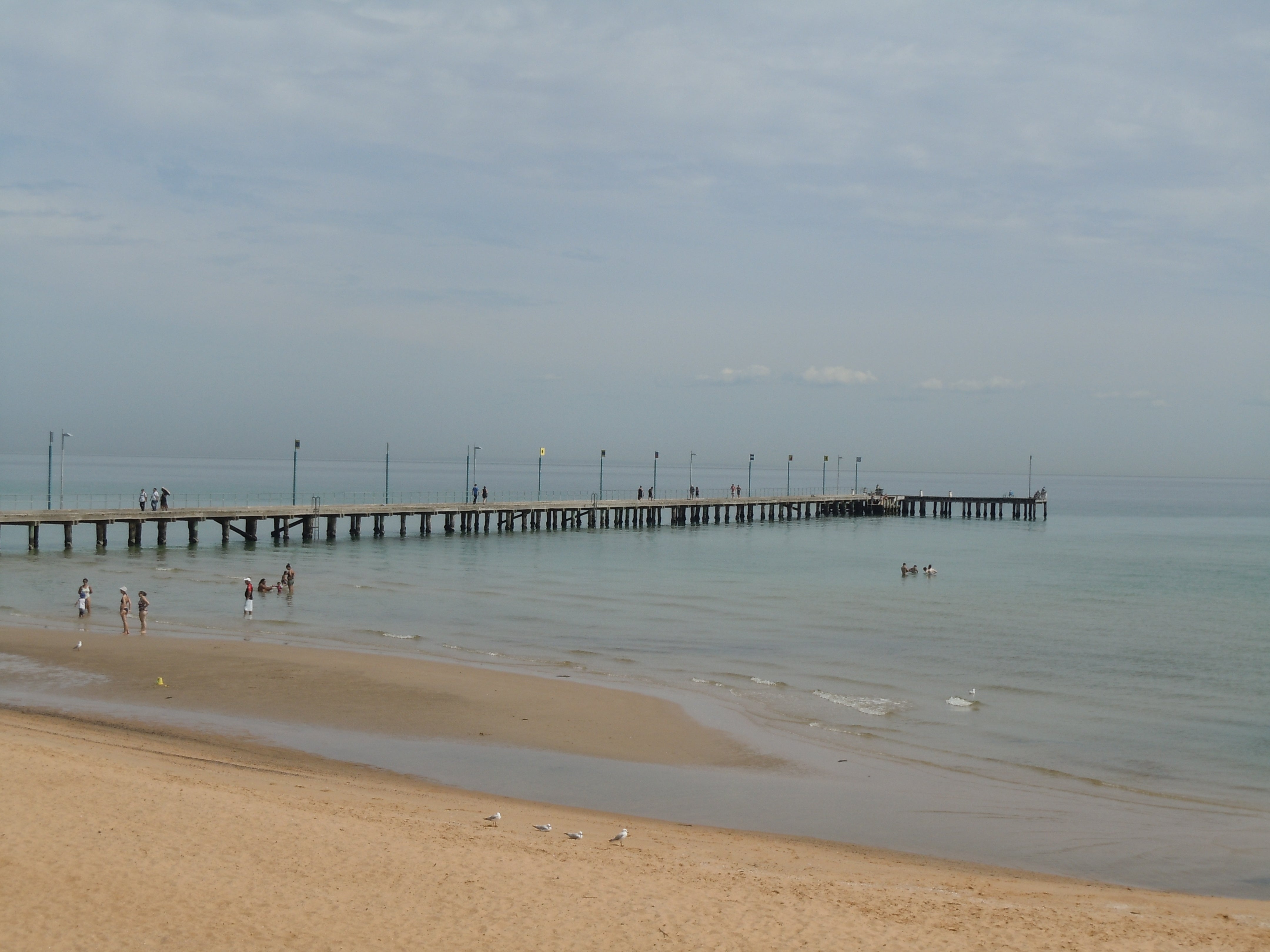Ironman Melbourne: Swim & Bike Course Preview

The long awaited Ironman Asia-Pacific Championship Melbourne will get under way this Sunday, March 25th, allowing athletes an opportunity to compete for the first time at an Ironman race in the southern Australian state of Victoria. The inaugural event, hosted by the capital city of Melbourne, will prove no small logistical feat in such a densely populated urban area. I was fortunate to receive an insider’s tour of the swim and bike courses courtesy of Chris Legh, a born and bred Melbourne native and the original visionary behind the race. A few years back, Legh was sidelined from his own racing career due to injury. Never one to rest idly, he set to work, along with World Triathlon Corporation’s (WTC) Asia-Pacific Managing Director Murphy Reinschrieber and WTC’s Australian Managing Director Shane Smith, mapping out a plan and negotiating with government authorities on behalf of WTC to realize his longtime dream of an Ironman event in his hometown.
The uniquely situated point-to-point race will kick off with a deep-water start at the Frankston Pier, 26.2 miles southeast of the ultimate finish line in Melbourne’s artsy beachside suburb of St. Kilda. Professional men and women will enjoy separate start times, with the men’s gun sounding at 6:45 a.m. and the women’s two minutes later. Individual age-group athletes will start promptly at 7:00 am, followed at 7:15 by relay team swimmers, an exciting competitive option generally unheard of in Ironman events. The waters of Port Phillip Bay promise to be calm and inviting during the single loop swim, with temperatures ranging from 68-72 degrees Fahrenheit.
Once out of the water, athletes will transition into bike gear and briefly traverse the streets of Frankston before heading onto the course’s main thoroughfare, the EastLink Tollway. Completed in June 2008, the EastLink Tollway was constructed in order to effortlessly connect Melbourne’s eastern and southeastern suburbs. On Sunday, the heavily trafficked 45km roadway will be closed to vehicles so that competitors may twice traverse its silky smooth asphalt. While the sleek bike course may well inspire record times, the two-lap leg is not entirely flat; several long rolling hills and a steep 12% gradient climb through the EastLink Tunnel will keep cyclists honest and the challenge interesting. For athletes less focused on lightning-quick bike splits and more concerned with scenery, the EastLink may prove a bit boring. However a smattering of slightly bizarre modern art sculptures (such as the bird and worm pictured above) and tastefully designed noise walls will help break up the monotonous miles. Conditions on the bike can range from calm to calamitous crosswinds – in all likelihood athletes will experience a typical Melbourne-style medley.